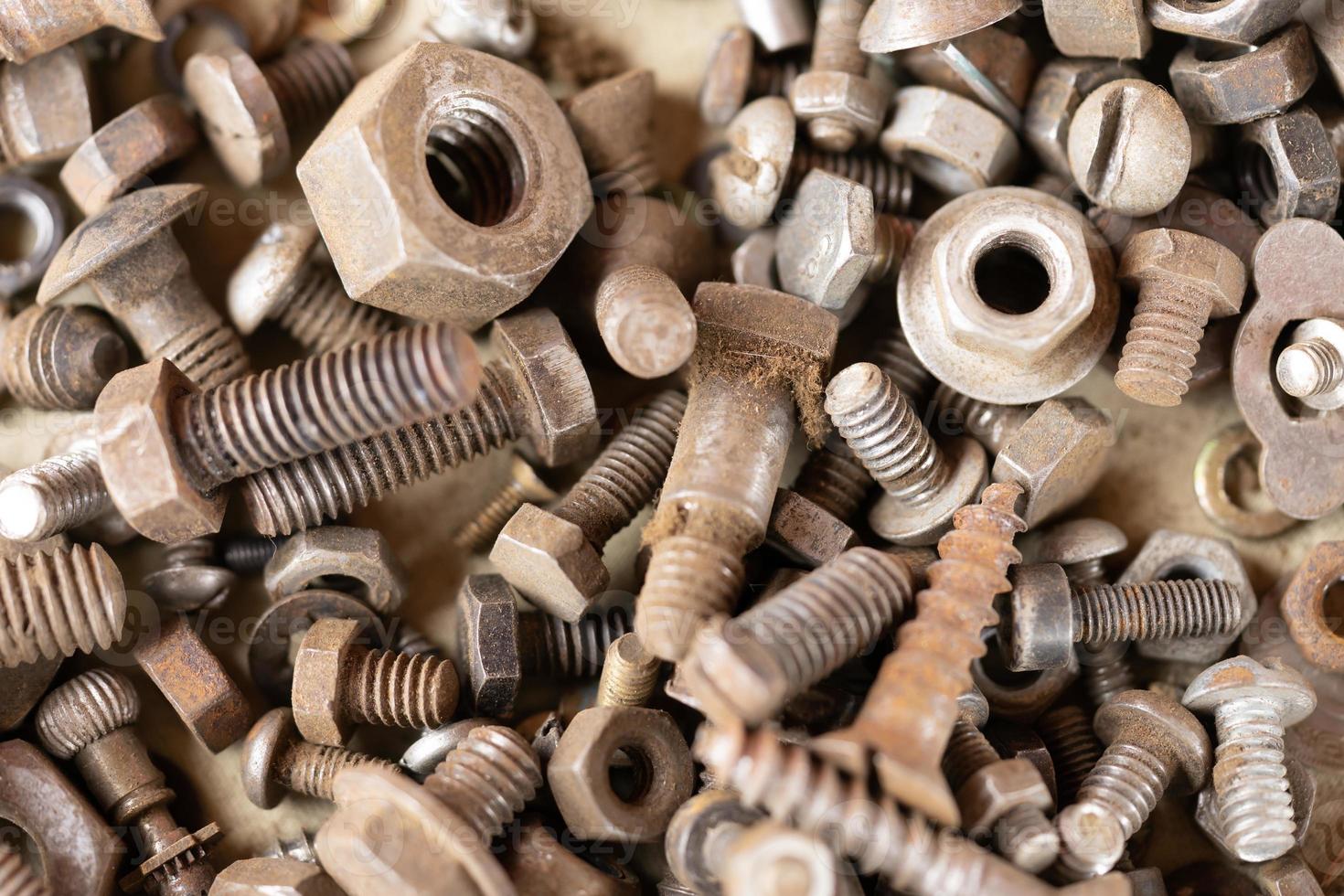As we consider on the surroundings enveloping us, it’s simple to overlook the small elements that play a monumental role in our regular lives. Included among these are hardware, the underappreciated heroes of construction, automotive repair, and myriad DIY tasks. These straightforward yet efficient fasteners are vital in joining items from the seating we occupy to the vehicles we operate. In their absence, our current framework would be a mess of disassembled parts rather than a unified whole.
With this comprehensive guide, we will examine the details of nuts and bolts, exploring the diverse types and their specific uses. Whether you are a veteran professional looking for a refresher or a rookie eager to grasp the essentials, understanding these fasteners is crucial. We will cover everything from the most common bolt types and their applications, to the nuances of materials and coatings. Join us as we uncover how to choose the right nuts and bolts for your projects, guaranteeing robustness, long-lasting performance, and efficiency in every assembly.
Comprehending Nuts and Bolts
Fasteners are essential elements in countless applications, providing the essential fastening needed to hold materials together. https://crimson-magnolia-nrlj2n.mystrikingly.com/blog/nuts-and-bolts-in-technology-the-concealed-links come in various shapes, sizes, and compositions, each designed to serve specific functions in a wide range of industries. Grasping the fundamentals of these components is crucial for anyone involved in building, automotive maintenance, or DIY tasks. The simplicity of their design belies the important role they play in ensuring security and structural.
Fasteners are generally characterized by their grooved shafts, which allow them to be securely attached through pre-drilled holes in substances. Nuts, on the other hand, are inside threaded and are used in conjunction with fasteners to create a strong joint. Together, they create a connection that can bear stress and shear loads, making them vital for everything from furniture assembly to installing heavy machinery. With a fundamental understanding of nuts and bolts, one can make informed choices for multiple tasks.
Choosing the correct type of nut and bolt depends on various factors, including the materials being joined, the load they need to support, and the setting in which they will be used. Different scenarios may call for particular types, such as lock fasteners for vibration resistance or anchor bolts for securing structures. By familiarizing oneself with the various options and their uses, it's feasible to select the most suitable fasteners to ensure durable connections in any task.
Types and Uses of Fasteners
Fastening devices, including nut fasteners as well as bolts, come in a variety of categories designed for specific uses. Frequent kinds of bolts include hex, flat-headed, and heavy-duty screws, each fulfilling specific purposes. Hex fasteners are adaptable and commonly employed in construction and machinery applications, whereas flat-headed bolts are suited for lumber, providing a flat, curved head. Lag bolts offer maximal grip in high-load uses, making them vital for structural connections in framing and decking.
Nuts additionally vary considerably, with choices such as hexagonal nuts, secure nuts, and flange nut fasteners. Hexagonal nut fasteners are the most popular, employed with compatible bolts for firm attachment. Locking nut fasteners feature a mechanism to combat loosening under movement, making them ideal for car and machinery uses. Disk nuts provide a larger bearing surface and are utilized where a stable attachment is essential, frequently in combination with additional connection devices in complex assemblies.
Selecting the right connecting device is based on the components being joined and the use's specifics. For example, timber tasks may need heavy-duty fasteners and compatible nut fasteners, whereas metallic uses often require machine fasteners and regular nut fasteners. Comprehending the distinctions between regular connecting devices compared to specialty options like security connecting devices or nylon lock nut fasteners is important for achieving long-lasting performance and effectiveness in your endeavors.
Picking the Proper Fasteners
Determining the suitable fasteners is vital to the achievement and longevity of all task. Take into account the substances you are dealing with; for instance, wood and steel demand diverse forms of nuts and bolts. The decision of fastener types also depends on factors such as weight-bearing specifications, environmental conditions, and the accessibility of fasteners during installation. Recognizing the details of your project will enable you to arrive at wise decisions.
A further key aspect to consider is the type of fasteners required for the use. For high-strength building, choices like lag bolts or holding bolts may be required, while regular hex bolts might suffice for less demanding jobs. Additionally, the thread type—coarse, fine, or metric—will determine how well the fasteners anchors in multiple materials. Be certain to consider the circumstances under which the nuts and bolts will be applied, such as exposure to moisture or severe heat.
In conclusion, understanding the specific roles of different fasteners is also important. For case, if vibration is a concern, locking nuts or nylon lock nuts should be taken into account, as they provide additional security against unfastening. Ultimately, investigating and picking the correct fasteners and bolts will not only ensure the stability of your project but also enhance protection and lifespan.

